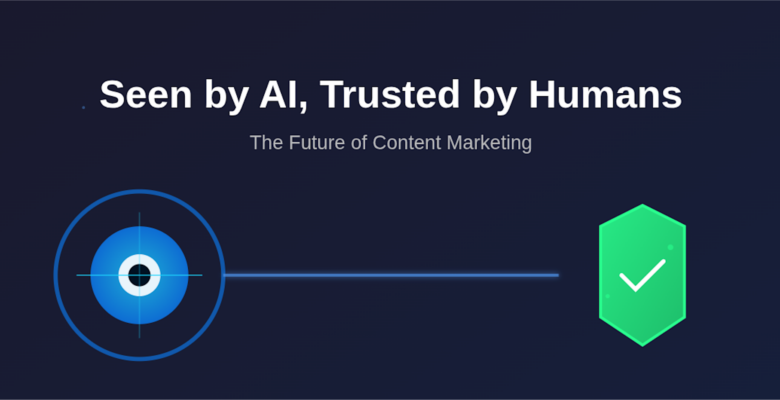How Rawson Internet Marketing Helped AnalyzeCorp Win in the Age of AI-Driven Search
Case Study: How strategic content design led to measurable AI search visibility without paid traffic.
Background: A Crisis of Visibility
By mid-2024, well-optimized content was no longer a guarantee of traffic. Zero-click searches and AI-generated summaries were replacing traditional organic clicks—even for brands that ranked highly. AnalyzeCorp, a B2B analytics platform, was seeing this shift firsthand.
But something unexpected happened: their documentation pages began getting traffic not from Google Search, but from ChatGPT, Perplexity, and other AI tools.
Where many brands were being erased by AI, AnalyzeCorp was suddenly being cited by it.
The Strategy: Thought Leadership That Anticipated the Shift
This wasn’t luck. It was the result of a content strategy developed by Rawson Internet Marketing, informed by early insights originally published on richardrawson.com.
In pieces like “Platforms of Presence vs. Platforms of Extraction“ and “7 Strategies to Stay Visible in AI-Driven Search“, Richard Rawson outlined how AI tools were disrupting attribution, visibility, and authority—and what content creators needed to do to stay relevant.
These insights were translated into AnalyzeCorp’s actual content framework.
Key Articles Created
Each of the following was written or structured by Rawson Internet Marketing, with the AI search environment in mind:
Understanding the Power of Customer Life Stage Marketing
Clear explanations, structured subheads, and semantic framing made this one of the most referenced pages in AI search.
Analyze360 EV Buyer Behavior Study
A flagship piece of original research, this page consistently received direct traffic from ChatGPT and Perplexity, according to Google Analytics.
Psychographic Segmentation for Effective Consumer Marketing
Focused on behavior over demographics, the article was designed to rank well and be quotable by AI tools.
Geographic Segmentation in Global Marketing Campaigns
Structured for both readers and machines, this content was picked up and linked in AI-generated answers across multiple platforms.
All of these were crafted with AI-friendly formatting, including:
- H2/H3 subheadings aligned with user intent
- Bullet-point takeaways and visual clarity
- Internal linking between related concepts
- Embedded CTAs for downstream engagement
The Outcome: Measurable AI-Driven Traffic
From Google Analytics data, Rawson Internet Marketing identified:
- 127+ sessions from
chatgpt.com / referralover a single reporting period - Repeat traffic from Perplexity.ai, Poe.com, and other emerging AI platforms
- Top AI-referral landing pages were identical to the pieces authored by Rawson Internet Marketing
- Average engagement time: 30–60+ seconds per session, indicating high-quality visits
- No ad spend was used to generate this traffic
While most brands were losing visibility, AnalyzeCorp was gaining new traffic from new sources—thanks to content structured for the next generation of search.
Strategic Takeaways
This case proves that thought leadership backed by behavioral insight—and structured for AI discoverability—can deliver real results.
Rawson Internet Marketing:
- Predicted the shift toward attribution-free AI summaries
- Created content designed to survive and thrive in that landscape
- Used analytics to verify real traffic and engagement from AI platforms
- Helped a B2B analytics brand become visible, trusted, and discoverable—even without traditional SEO wins
Final Word
While others were just reacting to AI’s disruption of search, Rawson Internet Marketing helped AnalyzeCorp get ahead of it. The strategy worked because it combined:
- Human insight
- Behavioral psychology
- Technical clarity
- And a deep understanding of how AI tools ingest, reference, and surface content
In the age of AI-driven discovery, this is the new playbook: Don’t just publish. Be the source AI wants to cite.
